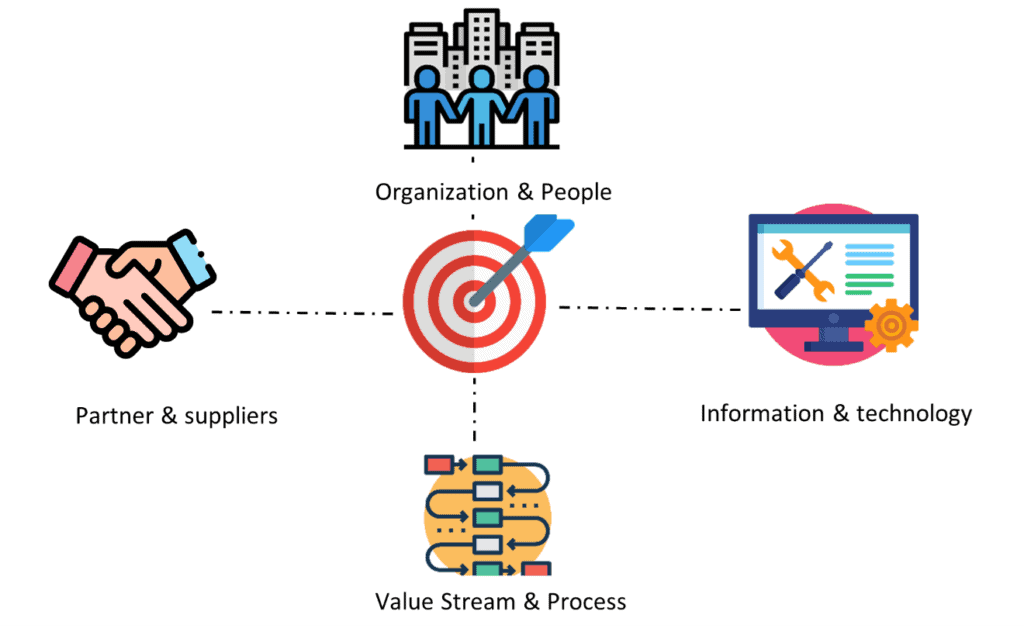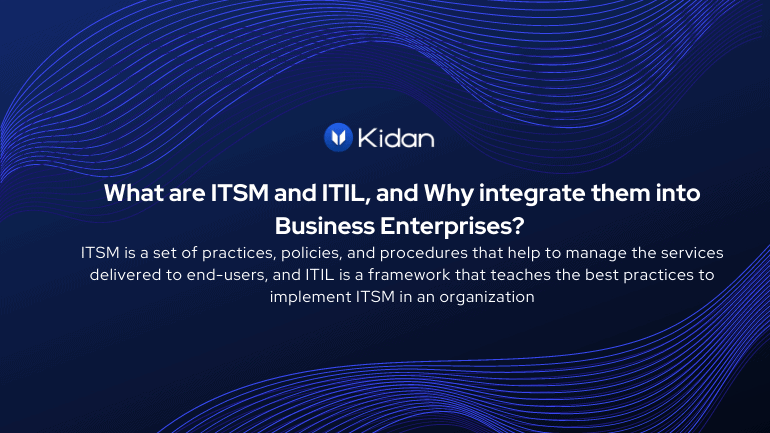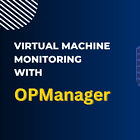To organize and execute service management strategies for a business environment, the owners may run into challenges managing a steady-state and keeping everyone on the same page. These challenges include but are not limited to balancing internal and external views of IT services, stability and responsiveness, cost and quality, and reactive and proactive service delivery. Companies are most likely to develop an effective strategy to respond to these changes to accommodate these continuous emerging technologies. For effective and well-structured management of all IT services, a company requires ITSM.
Information Technology Service Management (ITSM) processes includes the responsibility of providing, implementing, developing, managing, and delivering top-quality IT services. According to one international survey, it was found out that 90% of the organization surveyed has some ITSM implementation in their business (source). Indeed, a right and well-functioning ITSM system make it easy for organizations to centralize IT services within a single location and improve automation efficiencies.
Why does an organization need ITSM?
To set up effective and robust ITSM processes to manage and enhance the organization’s efficiency and productivity ensure greater compliance, resulting in better quality services and more significant return on investment (ROI). As a matter of fact, ITSM is not a new concept and has existed for decades since businesses began using technology to deliver services.
Here are some key points which showcase why an enterprise needs to implement ITSM:
- Standardize measures with the assistance of a more organized documentation framework.
- Reduce IT costs by building an anticipated IT association and decreasing incidents.
- Mitigate different sorts of dangers and risks, such as monetary expense control and improved administration.
- Uncover significant IT experiences to the bleeding edge to help make crucial decision-making.
- Improved help conveyance and consumer loyalty by upgrading management’s nature in general

Information Technology Infrastructure Library (ITIL):
Information Technology Infrastructure Library (ITIL) is a fundamentally set of directions and rules for the organizations to offer the ideal types of assistance. The ITIL guidance and set of rules are made to be conventional, so every business can fuse those guidelines according to the requirements which best suit their needs. Hence, companies can choose specific ITIL rules they need to use for their organizational requirements. Nonetheless, the company should be adjusting its IT administrations to business to execute ITIL entirely.
ITIL Showcase best ITISM Practices:
For IT management, the ITIL structure gives many best practices that the IT professionals of an organization can adopt to help offer better types of assistance to clients, meet objectives, and guarantee that the IT management activities successfully uphold the organizations’ business goals.
ITIL, the most well-known structure for ITSM, gives a five-venture approach:
Hence, implementing ITIL in your business offers:
- A more robust arrangement among IT and the business
- Reduced expenses through improved usage of assets
- More excellent permeability of IT expenses and resources
The picture below shows the parties ITIL can impact:

Summary:
Implementing Information Technology Service Management (ITSM) using one of its best frameworks (i. e., ITIL) enhances your organization’s productivity by focusing on all business aspects: people, process, products, and partners, contributing to better ROI in return.
Following all the advantages of ITSM and how it can enhance the service delivery, and overall productivity of any organization and its business, KIDAN® and partner, ManageEngine® provide the leading ITIL and, hence, ITSM solution named ServiceDesk Plus (SDP). ServiceDesk Plus provides great visibility and central control in dealing with IT issues and offers a wide range of tools and resources to help IT and business teams streamline their service management processes.


